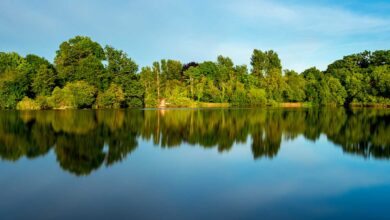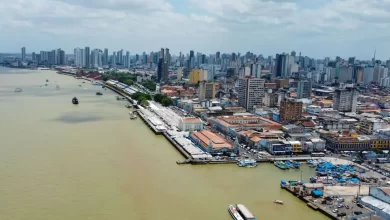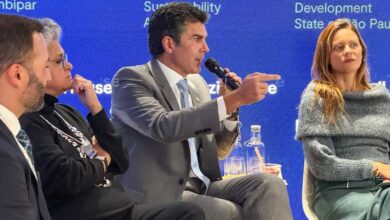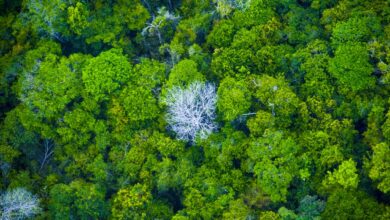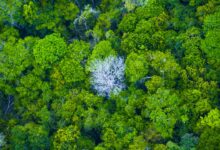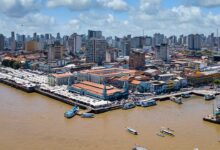
Pará is highlighted in the panel ‘Learnings from the public policy of socio-bioeconomics in the Amazon’
By investing in priority biodiversity products for the bioeconomy, studies estimate that it is possible to raise BRL 178 billion by 2040
In Pará’s first participation in the official agendas of the 15th edition of the United Nations Conference on Biodiversity (COP 15), which will be held in Montreal, Canada, until December 19, the State Bioeconomy Plan was presented as one of the alternatives for changing land and forest use and building a low-emission economy, thus showing that it is prepared to collaborate for the preservation of biodiversity while promoting low-carbon socioeconomic development. The panel conducted by The Nature Conservancy (TNC) “The learnings from the socio-bioeconomy public policy in the Amazon” highlighted the socio-biodiversity bioeconomy as an initiative that values nature and the forest, with the sustainable use of the riches of the land. The event took place last Thursday (08), at the Positive Nature Pavilion.
Camille Bemerguy, director of Climate Change, Environmental Services and Bioeconomy of the State Secretariat of Environment and Sustainability (Semas), represented the holder of the portfolio, Mauro O’de Almeida, alongside Frineia Rezende, the current executive director of TNC Brazil; Cristina Julião, member of the Brazilian Genetic Heritage Management Council (CGEN), Nabil Moura Kadri, head of the Environment and Management Department of the Amazon Fund at the National Bank for Economic and Social Development (BNDES); and Ricardo Mastroti, executive director of the Brazilian Business Council for Sustainable Development (CEBDS).
The Bioeconomy Plan has 92 actions that cover three distinct axes, namely: Productive Chains and Sustainable Businesses; Cultural Heritage, Genetic Heritage and Associated Traditional Knowledge, and Research, Development and Innovation. Planbio is a public policy that was built in a multi-sectorial way and under the coordination of the State Secretary of Environment and Sustainability (Semas) and anchored in the State Policy for Climate Change (PEMC), being also one of the components of the low carbon socio-economic development axis of the State Plan Amazônia Agora (PEAA).
Pará is also the largest producer of cocoa, palm oil, açaí and black pepper in the country. There is also the significant advance of crops such as soy, corn and rice. Reconciling these activities with sustainability, that is, balancing the exploitation of natural resources by society, is the challenge proposed by the Bioeconomy Plan. By investing in priority biodiversity products for the bioeconomy, studies estimate that R$178 billion can be reached by 2040.
“As a principle, the idea is conservation. We always say that there are three important elements: the economy, people, and the standing forest. We have to see how to reconcile all of this. Remembering that this is the first time that we are trying to do economic development with a standing forest. So, Planbio is pioneering both in terms of process and in terms of objectives. It was a long process that brought a lot of learning and became a world reference. We want it to be the possibility of economic and social transformation, with an attentive and careful look at the environment”.
Bráulio Dias, professor at the University of Brasília (UnB), commented on a piece of wool in his hands, considered the best wool in the world, which comes from the alpaca, an endangered animal in Bolivia and Peru. He tells that, after investments in conservation, the animal’s wool started to guarantee income for the traditional populations responsible for its protection. “Before, textile industries like the Italian made a lot of money on alpaca wool, because the Andean countries were mere raw material suppliers. This is a strong example of how the bioeconomy can save biodiversity, change people’s lives, and generate high value-added businesses”, he stressed.
COP15 represents the 15th meeting of the Conference of the Parties for Biodiversity. It lasts two weeks, starting on December 7 in Montreal, Canada. COP15 – along with previous meetings – is focused on the Convention on Biological Diversity, a 1992 international agreement on how nations should use and protect the world’s natural resources. The agreement has been ratified by 196 countries.
With information from the Pará Agency


